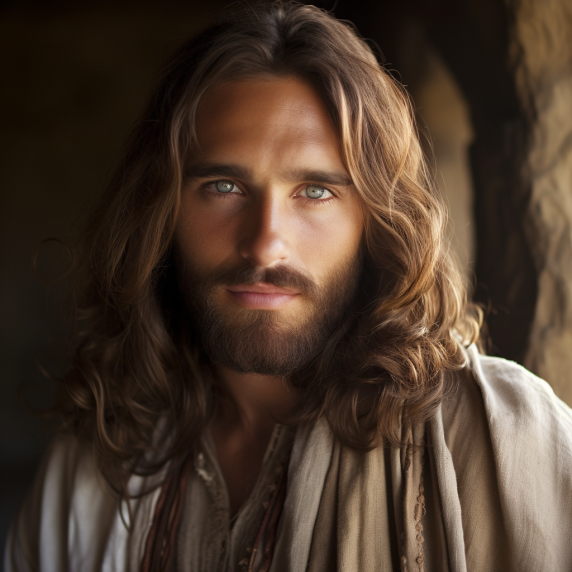Throughout history, mankind has sought solace and guidance in the divine realm. One such avenue of seeking blessings and protection is through the sacred images of revered deities. Whether it be in temples, homes, or even digital spaces, the sight of these divine representations is believed to bestow luck and fortune upon the beholder. In this article, we explore the profound impact that four sacred images of deities have on believers, providing them with a source of inspiration, hope, and blessings that enrich their daily lives.

The image of the Smiling Buddha, also known as the Laughing Buddha or Budai, emanates an aura of joy, happiness, and contentment. Depicted as a plump, bald monk with a big belly and a radiant smile, the Smiling Buddha is widely revered in various cultures and religions, including Buddhism and Taoism.
Believers hold the belief that by gazing upon the Smiling Buddha, they invite positive energies and blessings into their lives. This sacred image serves as a reminder of the impermanence of material possessions and the importance of finding contentment in life’s simple pleasures.
For Christians, the image of the Cross, representing the crucifixion of Jesus Christ, holds immense spiritual significance. It symbolizes redemption, sacrifice, and divine love. Many believers wear the cross as a pendant or display it prominently in their homes and places of worship.
Gazing upon the Cross invokes a sense of hope and unwavering faith in God’s plan. It serves as a reminder of the ultimate sacrifice made by Jesus for humanity’s salvation and encourages believers to embrace the path of righteousness and compassion.

In Hinduism, Goddess Lakshmi is revered as the deity of wealth, prosperity, and abundance. Often depicted sitting on a lotus flower, her four arms symbolize Dharma (righteousness), Artha (material wealth), Kama (desire), and Moksha (spiritual liberation).
The image of Goddess Lakshmi evokes feelings of gratitude and optimism, inspiring believers to work diligently and maintain virtuous conduct. Gazing upon her image is believed to attract blessings of wealth and success, both in the material and spiritual realms.
The All-Seeing Eye, also known as the Eye of Providence, is a powerful symbol present in many cultures and religions. It is often associated with divine protection, omniscience, and the watchful gaze of a higher power over humanity.
Believers view the All-Seeing Eye as a source of guidance, comfort, and assurance. The sacred image represents the constant presence of a benevolent force, guiding them through life’s challenges and offering blessings in times of need.

The potency of these sacred images lies not only in their symbolic representation but also in the power of belief that emanates from the beholders. The act of viewing these divine representations triggers a cascade of emotions, thoughts, and intentions that can significantly impact one’s mindset and actions throughout the day.
Scientific research has explored the phenomenon of belief and its impact on an individual’s psychology. The “placebo effect” is a well-known example, where patients experience real relief from physical ailments due to the belief that they are receiving genuine medical treatment. Similarly, believers who encounter sacred images experience an uplifting sense of hope, positivity, and reassurance.
Beyond the realm of science, the transformative power of belief is deeply ingrained in cultural and spiritual practices worldwide. For centuries, these sacred images have served as beacons of light in times of darkness, inspiring individuals to persevere in the face of adversity and seek blessings in their daily lives.
Sacred images of revered deities hold a significant place in the hearts of believers, offering them a source of inspiration, protection, and blessings throughout their journey of life. The Smiling Buddha radiates joy, the Cross symbolizes redemption, the Lotus-Eyed Goddess Lakshmi brings prosperity, and the All-Seeing Eye represents divine guidance.
These sacred images have the power to evoke emotions, thoughts, and intentions that transform one’s outlook and actions. The belief in their potency becomes a catalyst for attracting positivity and fortune into believers’ lives.

Ultimately, the significance of these sacred images extends beyond cultural and religious boundaries, uniting people in their quest for hope, compassion, and grace. As we continue to gaze upon these sacred symbols, may we find solace and strength, knowing that divine blessings are always within reach, guiding us through life’s journey.

